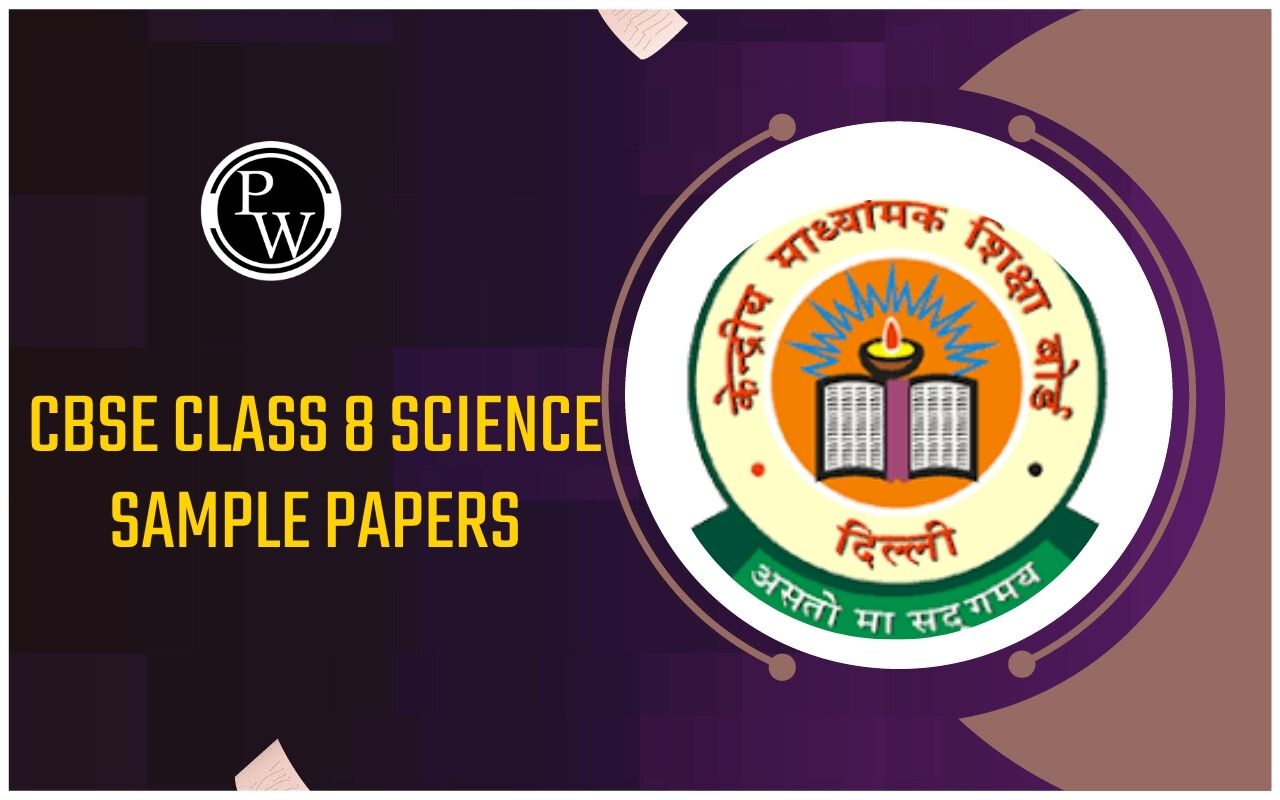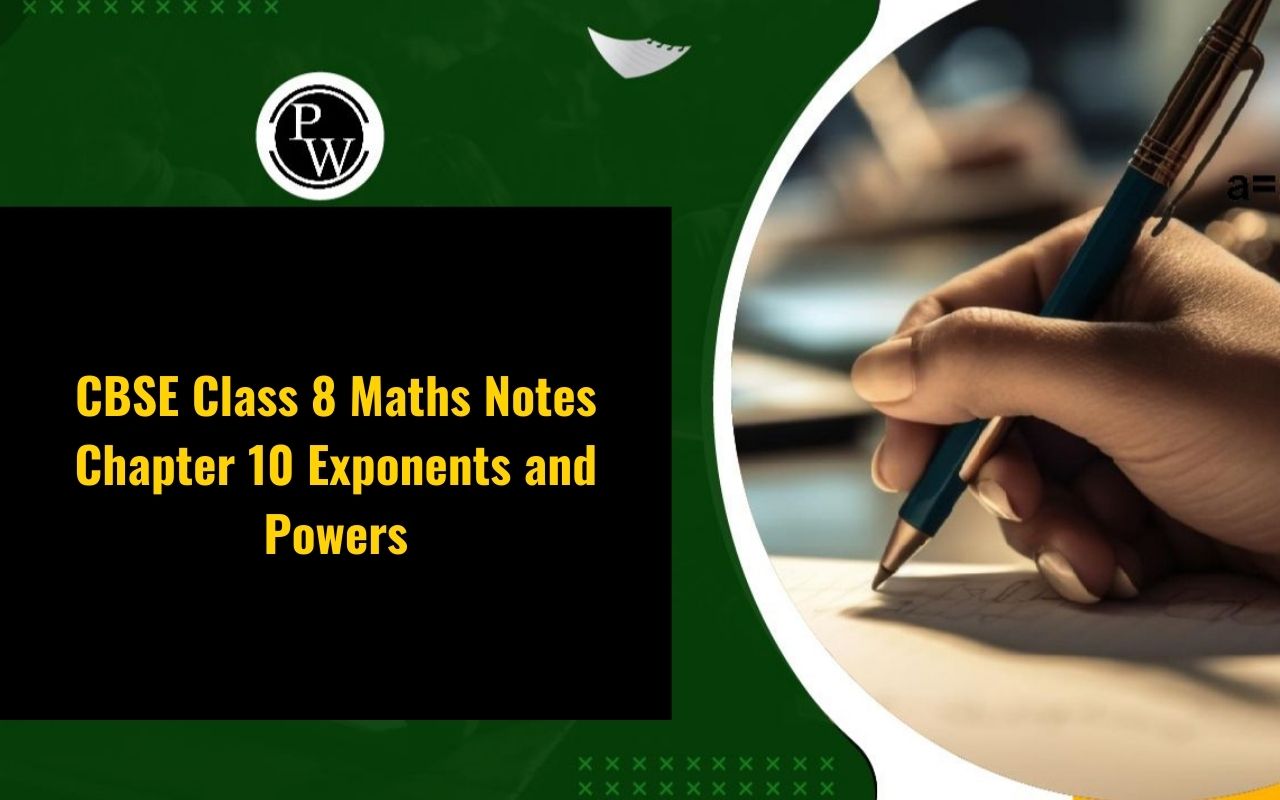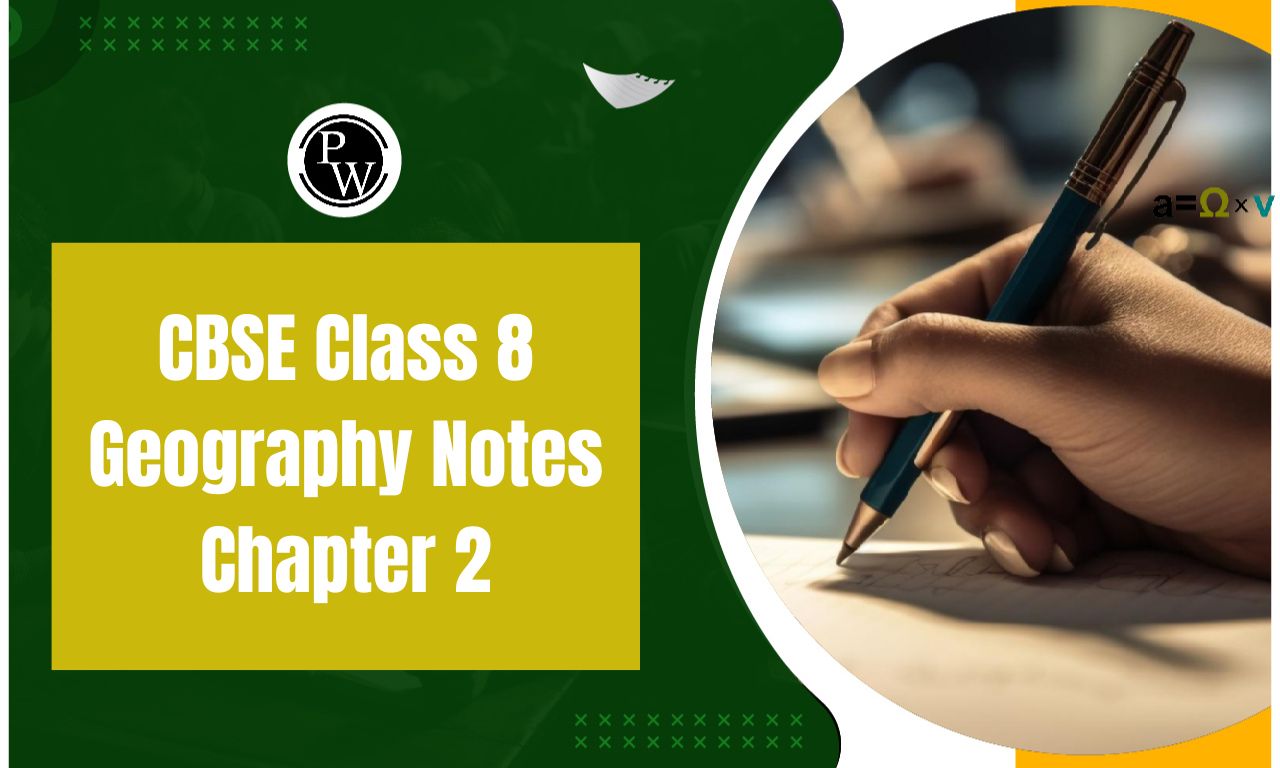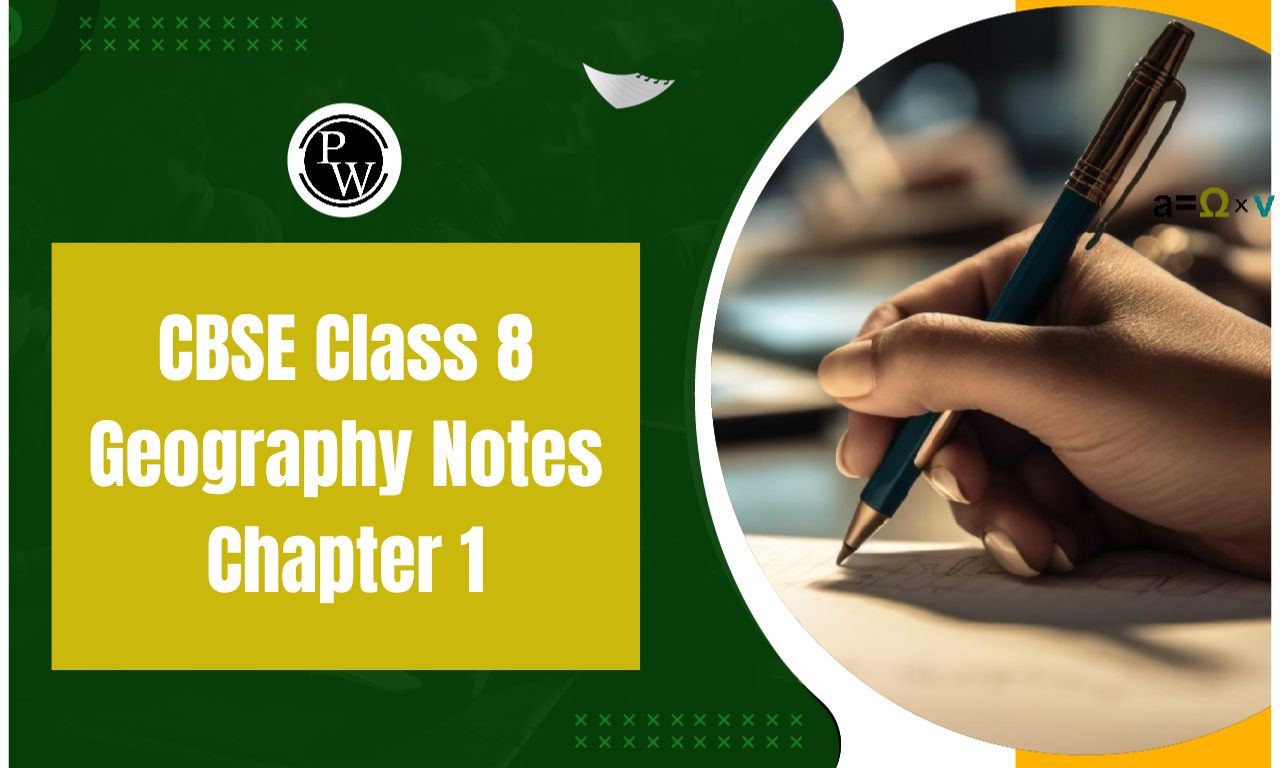

NCERT Solutions For Class 8 Science Chapter 17: Science Class 8 NCERT Solutions, Chapter 17 The Class 8 Science CBSE syllabus includes the fascinating and significant themes of stars and the solar system. It is a crucial subject for both entrance tests and board exams. Students can find answers to questions about the moon's phases, how stars represent their distance, pole stars, constellations, the solar system, planets, and the moon as a natural satellite as well as the purpose of manmade satellites in this chapter's NCERT Class 8 Science solutions.
These NCERT Solutions include worksheets, MCQs, short answer questions, worksheets, and illustrative problems in addition to the answers to the questions in the textbook. With the help of this NCERT solution, students will have a better understanding of the subject and feel more confident when answering questions on stars and the solar system in the test.NCERT Solutions For Class 8 Science Chapter 17 Overview
You can download NCERT Solutions Class 8 Science Chapter 17 for free from here. Once downloaded, the student has access to these solutions whenever they need them—even without internet availability. Our academic specialists, who possess extensive experience in the academic industry, have created our NCERT Solutions for Class 8 Science. You may download these Class 8 NCERT Solutions from both our website and our app. All of the Class 8 Science NCERT Solutions are available online, and they serve as a handy resource for students who wish to improve their test or exam results. The following ideas are covered in NCERT Solutions for Class 8 Science's Chapter 17:- Stars and The Solar System
- The Moon
- The Stars
- Constellations
- The Solar System
- Some Other Members of the Solar System
NCERT Solutions For Class 8 Science Chapter 17 PDF
Here we have provided NCERT Solutions for Class 8 Science Chapter 17 for the ease of students so that they can just download the pdf and use it easily without the internet. These NCERT Solutions for Class 8 Science Chapter 17 will help students understand the chapter better.NCERT Solutions For Class 8 Science Chapter 17 PDF
NCERT Solutions For Class 8 Science Chapter 17
Here we have provided NCERT Solutions for Class 8 Science Chapter 17 for the ease of students so that they can prepare better for their exams.1. Which of the following is NOT a member of the solar system?
(a) An asteroid
(b) A satellite
(c) A constellation
(d) A comet
The answer is (c) A constellation.
There is no such thing as a constellation in the solar system. These are the stars that come together to form a recognized shape.2. Which of the following is NOT a planet of the sun?
(a) Sirius
(b) Mercury
(c) Saturn
(d) Earth
The answer is (a) Sirius.
Sirius is a star, not a planet of the solar system.3. Phases of the moon occur because
(a) we can see only that part of the moon that reflects light towards us.
(b) our distance from the moon keeps changing.
(c) the shadow of the Earth covers only a part of the moon’s surface.
(d) the thickness of the moon’s atmosphere is not constant.
The answer is (a) we can see only that part of the moon that reflects light towards us.
There is no light emanating from the moon. We can only see it when sunlight strikes the moon and reflects on us. Thus, the only area of the moon that is visible to us is the surface where light strikes and is reflected.4. Fill in the blanks.
(a) The planet which is farthest from the Sun is ____________.
(b) The planet which appears reddish is ____________.
(c) A group of stars that appear to form a pattern in the sky is known as a ____________.
(d) A celestial body that revolves around a planet is known as __________.
(e) Shooting stars are not ____________.
(f) Asteroids are found between the orbits of _________ and _________.
(a) The planet that is farthest from the Sun is Neptune . (b) The planet which appears reddish is Mars . (c) A group of stars that appear to form a pattern in the sky is known as a Constellation . (d) A celestial body that revolves around a planet is known as a satellite. (e) Shooting stars are not stars . (f) Asteroids are found between the orbits of Mars and Jupiter .5. Mark the following statements as true (T) or false (F).
(a) A pole star is a member of the solar system. ( )
(b) Mercury is the smallest planet in the solar system. ( )
(c) Uranus is the farthest planet in the solar system. ( )
(d) INSAT is an artificial satellite. ( )
(e) There are nine planets in the solar system. ( )
(f) Constellation Orion can be seen only with a telescope. ( )
(a) False Concept Insight: Pole Star is not a member of the Solar System. (b) True (c) False Concept Insight: Neptune is the farthest planet in the solar system. (d) True (e) False Concept Insight: The Solar System contains eight planets. These planets are Neptune, Mercury, Venus, Earth, Mars, Jupiter, Saturn, and Uranus. (f) False Concept Insight: In the winter, the constellation Orion is visible in the late evenings. Among the most beautiful constellations in the sky that are visible to the unaided eye is this one.7. In which part of the sky can you find Venus if it is visible as an evening star?
Venus is a planet that can be observed in the western sky after sunset and is sometimes referred to as an evening star.8. Name the largest planet in the solar system.
Jupiter is the largest planet in the solar system.9. What is a constellation? Name any two constellations.
A constellation is a collection of stars that creates a distinctive pattern in the sky. Orion and Ursa Major are two constellations.10. Draw sketches to show the relative positions of prominent stars in (a) Ursa Major and (b) Orion
a) Orion has the appearance of a hunter. While four brilliant stars are placed in the shape of a quadrilateral, three bright stars are seen in the belt. c) Ursa Major resembles a large dipper. The dipper has three bright stars on the handle and four stars in the bowl.
11. Name two objects other than planets that are members of the solar system.
a) Meteorological Little celestial objects known as meteors are visible as dazzling flashes of light in the sky. As the meteors enter the Earth's atmosphere, they burn up from the heat created by the friction. The dazzling streaks in the sky are a result of this. Planets are not what they are. b) Comets A vast swarm of tiny objects, gases, and dust particles orbiting the sun make up asteroids. They are located in a wide space between the orbits of Jupiter and Mars. These are celestial bodies, not planets.12. Explain how you can locate the Pole Star with the help of Ursa Major.
Finding the big dipper, also known as the Ursa Major constellation, is the first step towards discovering the pole stars in the sky. The great dipper has four brilliant stars in its bowl. Here at the end of this bowl, visualize the two stars. Next, draw an imagined straight line linking these two stars that point north.
The star known as the Pole Star is where this fictitious line ends. The imaginary line drawn out from the bowl is approximately five times longer than the separation between the two stars in the bowl.
Here at the end of this bowl, visualize the two stars. Next, draw an imagined straight line linking these two stars that point north.
The star known as the Pole Star is where this fictitious line ends. The imaginary line drawn out from the bowl is approximately five times longer than the separation between the two stars in the bowl.
13. Do all the stars in the sky move? Explain.
No, the Earth revolves in an easterly direction on its axis. As a result, all of the stars in the sky, except the pole star, appear to be moving eastward. Because it is situated above the Earth's rotational axis in the north, the pole star seems to be stationary about the planet. At one point in the sky, it appears to stay still.14. Why is the distance between stars expressed in light-years? What do you understand by the statement that a star is eight light-years away from the Earth?
There is an enormous gap in the distance between stars and the star from Earth. This distance is difficult to express in kilometers (km). As a result, light-years are used to express these enormous distances. The distance that light travels in a single year is equal to one light-year. The star is about eight light years away from Earth.16. Boojho made the following sketch (Fig. 17.29) of the solar system. Is the sketch correct? If not, correct it.
 No, Boojho's diagram is incorrect since the planets in the solar system are arranged in the following order according to their distance from the sun: Mercury, Venus, Earth, Mars, Jupiter, Saturn, Uranus, and Neptune. Here, he has shifted Venus, Mars, Neptune, and Uranus into different places.
In addition, he included the belt of asteroids between Saturn and Jupiter's orbits in the diagram. This is untrue. The belt of asteroids is situated midway between Jupiter's and Mars' orbits. The solar system's accurate diagram is shown here.
No, Boojho's diagram is incorrect since the planets in the solar system are arranged in the following order according to their distance from the sun: Mercury, Venus, Earth, Mars, Jupiter, Saturn, Uranus, and Neptune. Here, he has shifted Venus, Mars, Neptune, and Uranus into different places.
In addition, he included the belt of asteroids between Saturn and Jupiter's orbits in the diagram. This is untrue. The belt of asteroids is situated midway between Jupiter's and Mars' orbits. The solar system's accurate diagram is shown here.

Benefits of NCERT Solutions For Class 8 Science Chapter 17
- Aligned with Curriculum : NCERT solutions are meticulously crafted to align with the curriculum prescribed by educational boards, ensuring that students cover all the essential topics and concepts.
- Clarity of Concepts : These solutions provide clear explanations for each question and concept, helping students understand complex scientific principles with ease.
- Comprehensive Coverage : NCERT solutions cover all the topics and subtopics included in the chapter, leaving no gap in understanding. This comprehensive coverage aids in thorough preparation for exams.
- Practice : The solutions offer a wide range of practice questions, including both textual and additional questions, enabling students to reinforce their learning through practice.
- Exam Preparation : NCERT solutions provide an excellent resource for exam preparation, as they are designed to help students familiarize themselves with the question patterns and formats commonly found in examinations.
- Help in Revision : During revision, NCERT solutions serve as a handy reference guide, allowing students to quickly revisit concepts and reinforce their learning.
NCERT Solutions For Class 8 Science Chapter 17 FAQs
What is the name of class 8 science chapter 17?
What is solar system class 8 questions and answers?
What is the solar system 8th grade?











